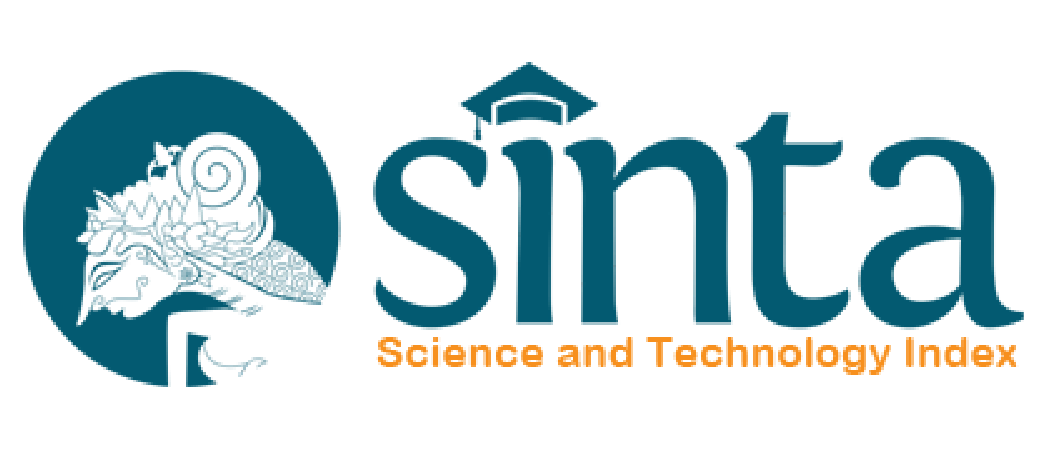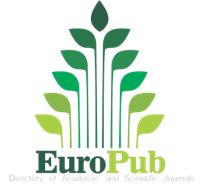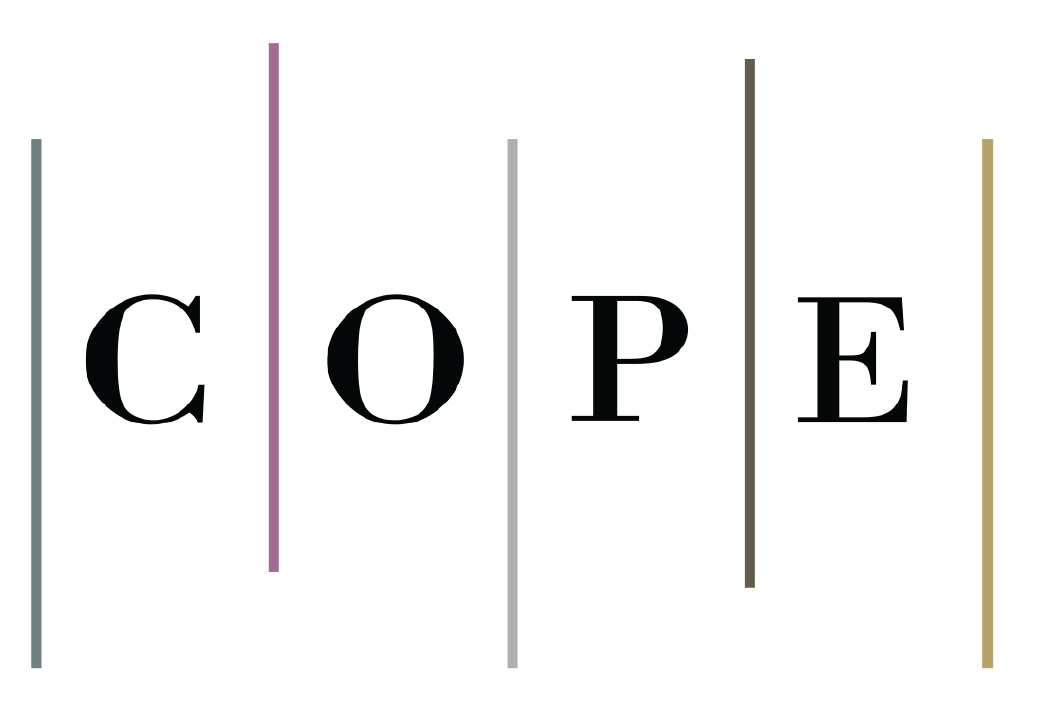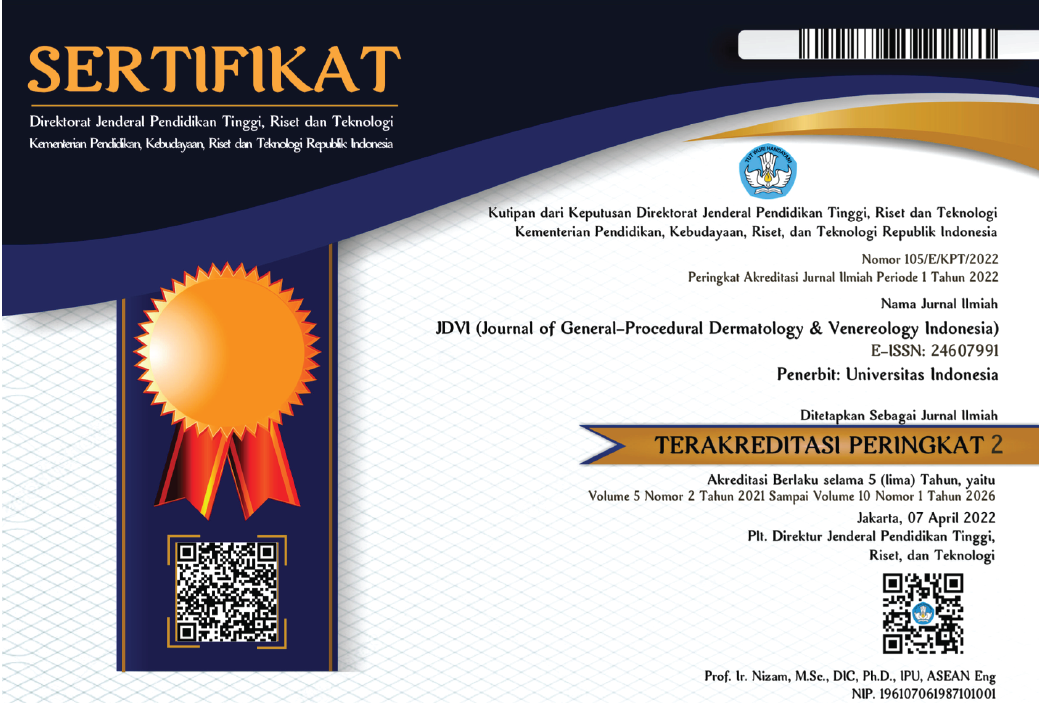Abstract
Atypical mycobacterial (AM) infection is caused by Mycobacterium species other than M.tuberculosis. AM skin infection has clinical manifestations that resemble M. tuberculosis infection and deep fungal infection. Laboratory workup is necessary to confirm the diagnosis.
An 83-year old female came with a painful lump and swelling on her right lower extremity since three months before admission. Physical examination revealed a plaque consisting, of multiple erythematous and hyperpigmented papules and nodules, diffuse erythematous lesion, and shallow ulcers partially covered with pus and crust. Histopathological features showed tuberculoid granuloma. Direct test and periodic acid-Schiff (PAS) staining of the skin biopsy found no fungal element nor acid-fast bacilli (AFB). Culture and polymerase chain reaction (PCR)of M. tuberculosis were negative. The working diagnosis was atypical mycobacterial infection and treatment with 450 mg rifampicin and 100 mg minocycline daily were administered accordingly. In two months observation following the treatment, the pain was no longer exist, the ulcers were completely healed, and some nodules were in the process of healing
Among other Mycobacterium spp, M.marinum is the most common cause of AM infrections. Clinical manifestation of M. marinum infection may present as solitary or multiple nodules on the hands, feet, elbows and knees with sporotrichoid spreading patern. The diagnosis of AM was established based on clinical and laboratory examination. The diagnosis was also confirmed by good clinical response to minocycline and rifampicin.
Recommended Citation
Fauziah, Siti Nurani; Legiawati, Lili; Sularsito, Sri Adi; Yusharyahya, Shannaz Nadia; Rihatmadja, Rahadi; Sirait, Sondang P.; Huda, Fifi Mifta; and Widyasari, Indah
(2016)
"Atypical mycobacterial infection resembles sporotrichosis in elderly patient,"
Journal of General - Procedural Dermatology and Venereology Indonesia: Vol. 1:
Iss.
2, Article 4.
DOI: 10.19100/jdvi.v1i2.33
Available at:
https://scholarhub.ui.ac.id/jdvi/vol1/iss2/4
Included in
Dermatology Commons, Integumentary System Commons, Skin and Connective Tissue Diseases Commons






























